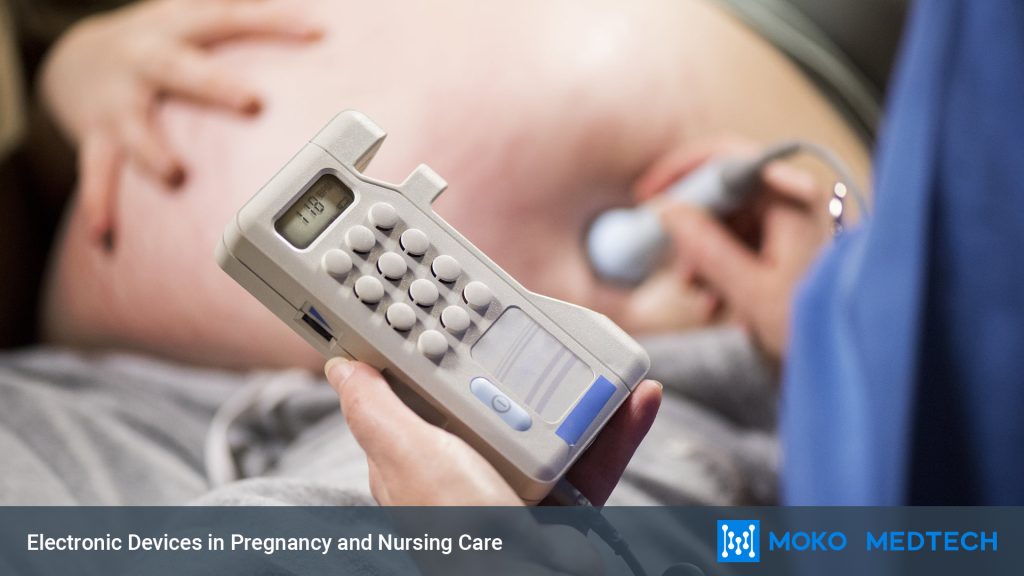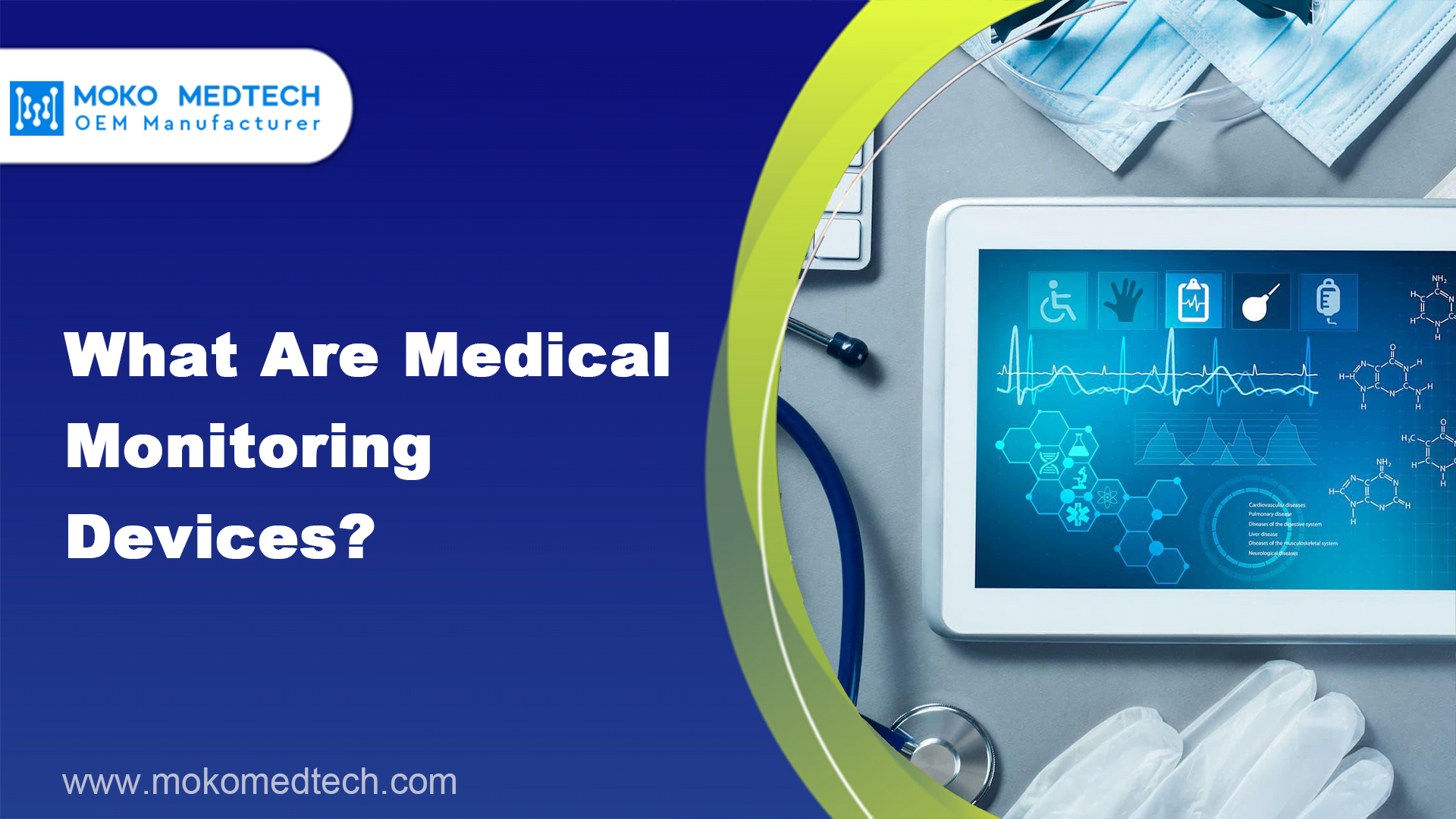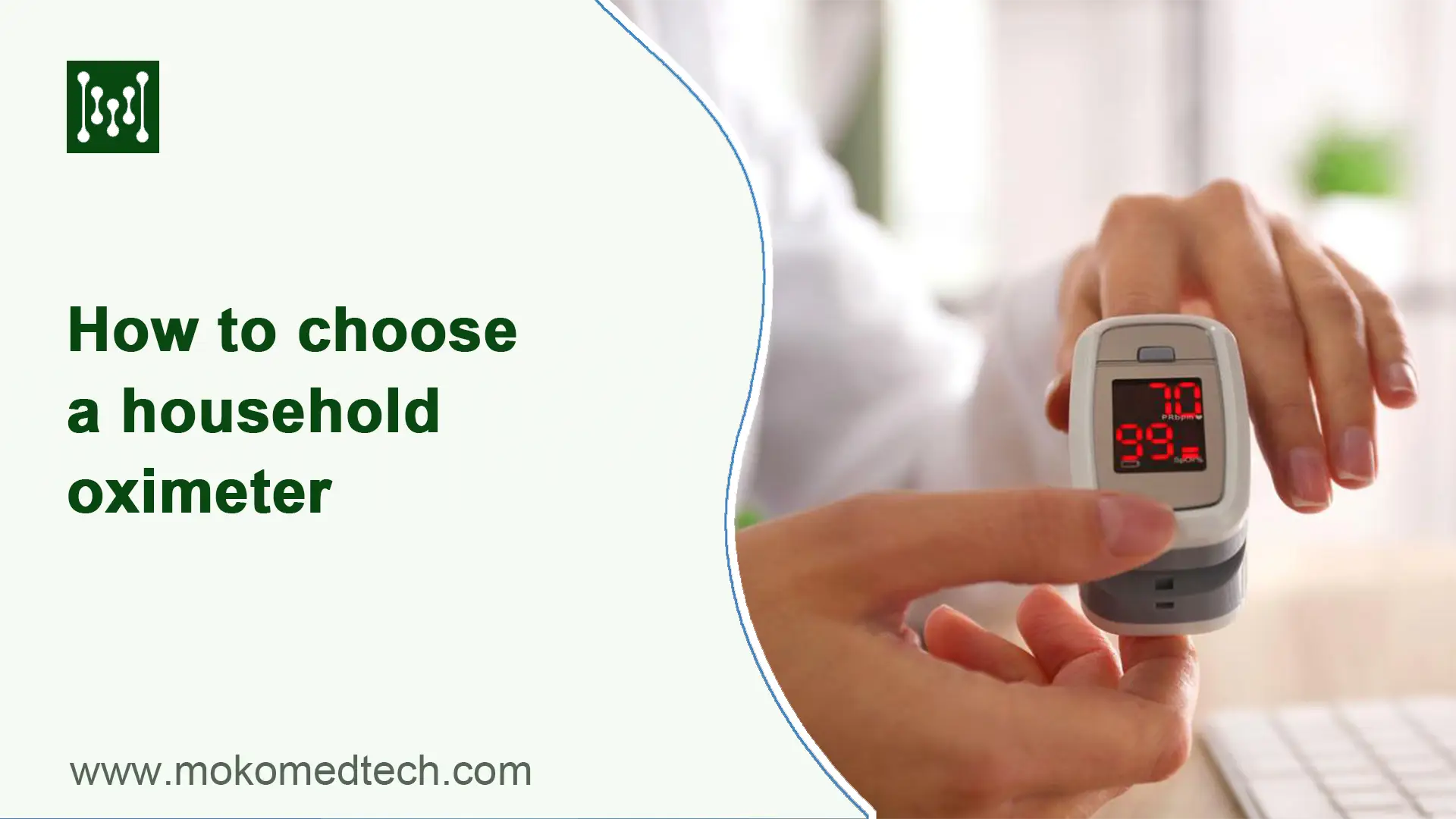Introduction
As technology advances, electronic devices have become an integral part of our daily lives, and healthcare is no exception. Electronic devices, such as monitoring devices and wearable devices, are increasingly being used in pregnancy and nursing care. While these devices offer numerous benefits, including convenience and real-time monitoring, their use also raises concerns about the potential risks and ethical considerations.
The use of electronic devices during pregnancy and nursing care can provide expectant mothers and healthcare providers with valuable information and support. For example, pregnancy tracking apps allow women to monitor their health and the development of their fetus, while wearable devices such as smartwatches can track vital signs, such as heart rate and blood pressure. Electronic devices can also assist healthcare providers in remote monitoring and the early detection of potential health issues.
However, the use of electronic devices in pregnancy and nursing care is not without its challenges. Concerns have been raised about the potentially harmful effects of electromagnetic radiation from these devices on the health of expectant mothers and their fetuses. Additionally, the collection and use of personal health data raise ethical concerns around privacy and confidentiality.
In this essay, we will explore the use of electronic devices in pregnancy and nursing care, including their potential benefits and risks.
Electronic Devices in Pregnancy and Nursing Care
1. Fetal Heart Monitors
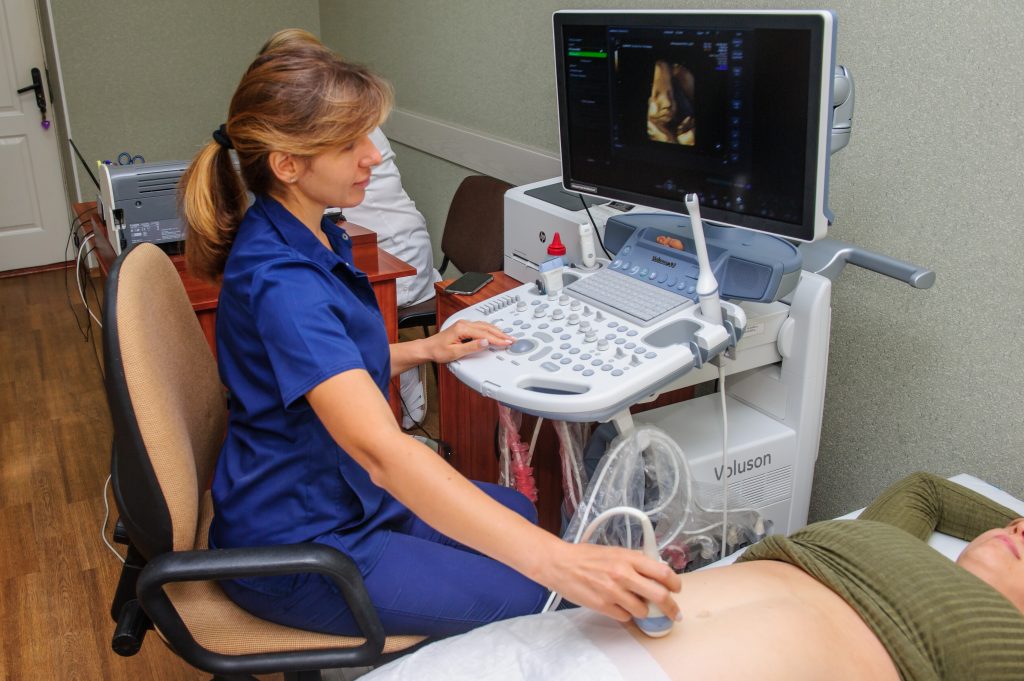
Fetal heart monitors (Fetal dopplers) are devices used during pregnancy to monitor the baby’s heart rate and detect any abnormalities or changes in the baby’s heart rate. These monitors use ultrasound technology to measure the fetal heart rate and can be used both during labor and delivery, as well as in the prenatal period during routine checkups.
The main purpose of fetal heart monitoring is to ensure the health and well-being of the developing fetus. Monitoring the fetal heart rate can help detect problems such as fetal distress, which may require immediate medical attention. Fetal heart monitors are also used to assess the effectiveness of uterine contractions during labor, which can help determine whether labor is progressing normally or if there are any complications that need to be addressed.
Fetal heart monitors are available in two types: external and internal. External fetal monitors use two sensors that are placed on the mother’s abdomen, and they pick up the baby’s heart rate using ultrasound technology. Internal fetal monitors, on the other hand, are inserted into the uterus and directly monitor the fetal heart rate by attaching the baby’s scalp. Internal monitors are typically used during labor and delivery when more precise readings are required.
It is important to note that fetal heart monitors should only be used under the guidance of a healthcare professional, and they should not be used as a substitute for regular prenatal care. Your doctor or midwife can help you determine whether fetal heart monitoring is necessary for your pregnancy and can provide guidance on how to use the monitor safely and effectively.
2. Wearable Devices
Wearable technologies for pregnancy are devices designed to help monitor the health status of both the mothers and the fetuses during pregnancy. These technologies come in various forms, including wristbands, smart clothing, and even smartphone apps. Some examples of wearable technologies for pregnancy include:
- Pregnancy trackers: These are smartwatches or wristbands that are designed to track the mother’s activity levels, heart rate, and sleep patterns during pregnancy. Some models even include features like kick counters, contraction timers, and reminders for important appointments.
- Smart clothing: Smart clothing for pregnancy includes items like maternity leggings or shirts with built-in sensors that track the mother’s heart rate, breathing, and movement. These sensors can provide valuable data to healthcare professionals about the mother’s health and the baby’s development.
- Maternal and fetal monitoring systems: These are wearable technologies that are used in hospitals and healthcare settings to monitor the health of both the mother and the baby during labor and delivery. These systems include devices like fetal heart rate monitors and electrocardiogram (ECG) monitors.
- Mobile apps: There are a variety of mobile apps available that are designed to help mothers track their pregnancy, including features like weight tracking, nutrition advice, and reminders for important appointments.
Overall, wearable technologies for pregnancy have the potential to provide valuable insights into the health and well-being of both the mother and the developing baby, as well as offer convenience and peace of mind to expecting parents.
3. Blood Pressure Monitors

Blood pressure monitors are electronic devices used to measure blood pressure. It is important in prenatal care for pregnant women. High blood pressure during pregnancy can cause complications for both the mothers and the babies, such as preeclampsia and premature birth. Therefore, it is recommended that pregnant women have their blood pressure checked regularly throughout their pregnancy.
It is important to note that blood pressure can change throughout pregnancy, so monitoring it at each prenatal visit can help detect any changes and allow for prompt treatment if necessary. Some women may also be at higher risk for developing high blood pressure during pregnancy, such as those with a history of hypertension, diabetes, or kidney disease.
While blood pressure monitoring can be done by healthcare professionals during prenatal visits, it is also possible to monitor blood pressure at home with a blood pressure monitor. This can provide additional information to healthcare providers and help detect any changes in blood pressure that may occur between prenatal visits.
In summary, blood pressure monitoring is an important aspect of prenatal care, and a blood pressure monitor may be a useful tool for pregnant women to use at home to help monitor their blood pressure. However, it is necessary to consult with a healthcare provider to determine the appropriate frequency and method of blood pressure monitoring during pregnancy.
4. CTG for Home Monitoring
Cardiotocograph (CTG) machine is a medical device used to monitor fetal heart rate and uterine contractions during pregnancy. It is used for in vitro fetal monitoring by two sensors (pressure-sensitive contraction sensor and fetal heart rate sensor) strapped to the abdominal wall of the pregnant woman. It is typically used in clinical settings such as hospitals, birthing centers, or prenatal clinics, where trained medical personnel can interpret the results and take appropriate actions if necessary.
While it is possible to purchase or rent CTG machines for home use, it is generally not recommended as these machines require specialized training to use and interpret the results correctly. In addition, if there are any concerns or abnormalities detected during the monitoring process, it is important to have immediate access to medical care and expertise to ensure the health and safety of both the mother and baby.
In some cases, healthcare providers may provide remote monitoring services for high-risk pregnancies, which can involve the use of CTG machines in the home setting. However, these services are typically provided by healthcare professionals who have specialized training and experience in fetal monitoring, and they will work closely with the mother to ensure that the monitoring is done safely and accurately.
5. Smart Breast Pump
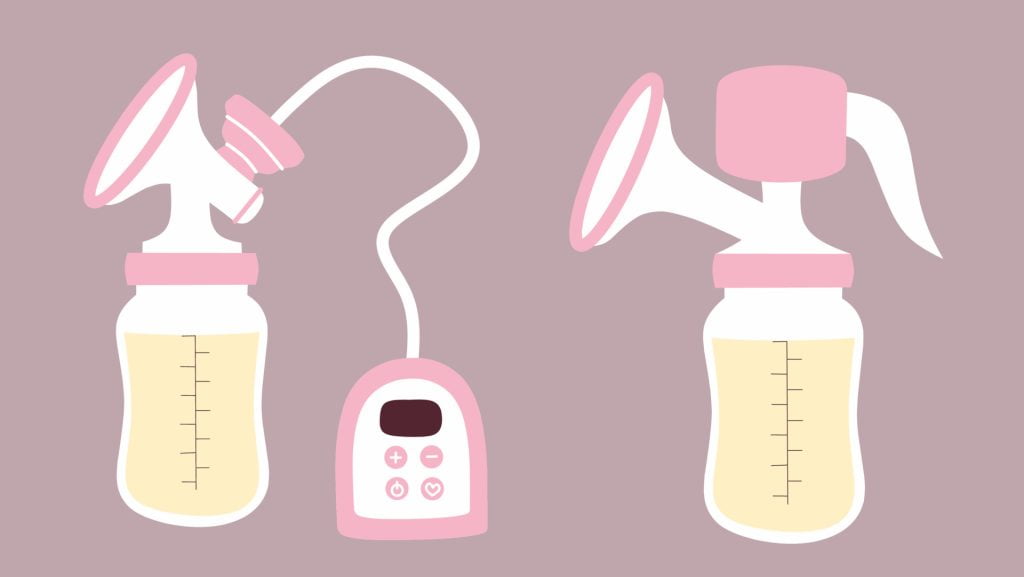
A smart breast pump is a breast pump that connects to a mobile app or other digital platforms to help new mothers monitor and optimize their milk expression. These pumps are designed to make the process of pumping breast milk as comfortable and efficient as possible, and they often include features such as adjustable suction levels, multiple flange sizes, and hands-free pumping options.
Some of the key benefits of smart breast pumps for postpartum care include:
- More efficient milk expression: Smart breast pumps allow users to adjust the suction levels and other settings to find the most effective pumping mode for their body, which can lead to more milk output in less time.
- Better tracking of milk production: Many smart breast pumps connect to mobile apps that track milk production over time, making it easier for new mothers to monitor their milk supply and identify any changes or issues.
- More comfort and convenience: Smart breast pumps often feature soft, cushioned flanges and hands-free pumping options, making the experience more comfortable and allowing mothers to multitask while they pump.
- Support for breastfeeding goals: By helping new mothers optimize their milk expression and track their milk supply, smart breast pumps can help support their breastfeeding goals and make the process of breastfeeding or pumping more manageable and less stressful.
There are several popular brands of smart breast pumps available on the market, including the Willow, Elvie, Moko, and Spectra S1/S2. Each of these pumps offers unique features and benefits, so it’s important to do your research and choose the option that best fits your needs and budget.
Conclusion
In conclusion, electronic devices play an increasingly significant role in pregnancy and nursing care. While these devices have made it easier to track important health metrics and stay connected with healthcare professionals, they also come with potential risks and drawbacks that should be considered. Pregnant and nursing women should be mindful of the amount of time they spend using electronic devices and take steps to minimize any potential harm, such as using blue light filters or taking regular breaks. Healthcare professionals should also be aware of the potential risks associated with electronic device use and work with their patients to develop safe and effective use strategies. With proper education and awareness, the benefits of electronic devices in pregnancy and nursing care can be maximized while minimizing any potential harm.
